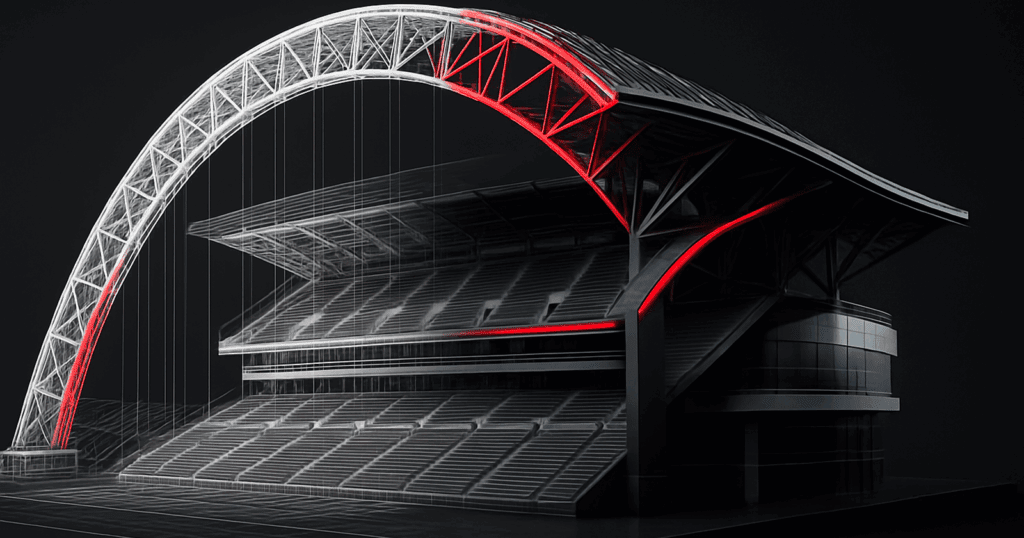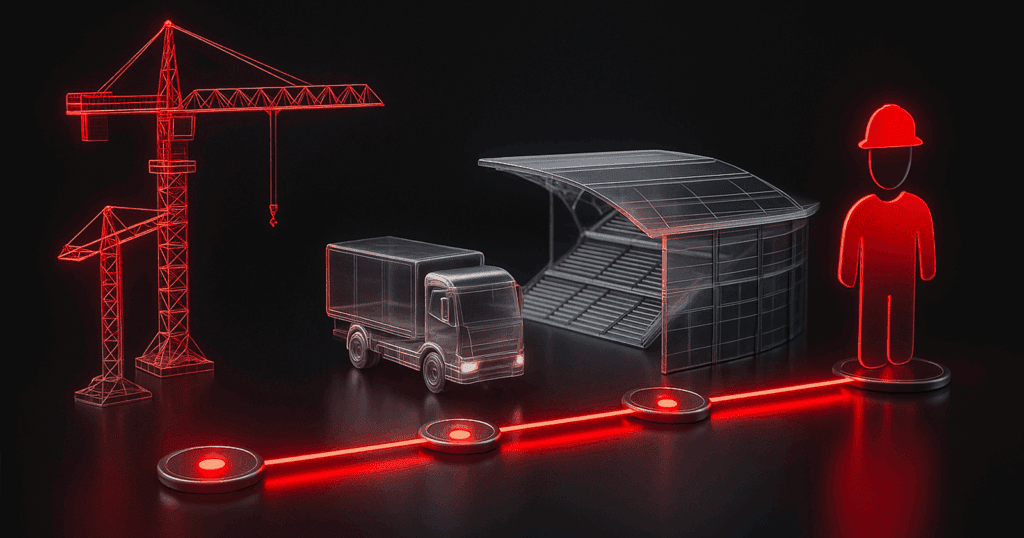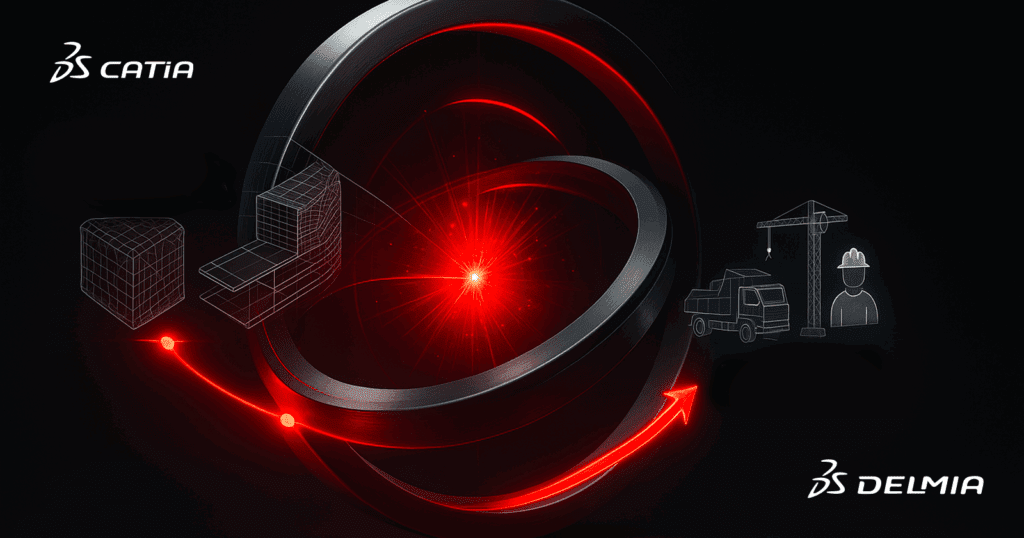Introduction
Digital construction workflows are transforming how buildings and infrastructure projects move from concept to reality. By combining CATIA for 3D design and engineering with DELMIA for production planning and execution, construction companies can bridge the gap between virtual models and real-world processes.
This article explores how these Dassault Systèmes solutions support efficiency, collaboration, and innovation in digital construction, empowering teams to streamline design, optimize operations, and deliver projects with greater accuracy.
The Rise of Digital Construction Workflows
The construction industry has long been known for its complexity, with multiple stakeholders, countless dependencies, and ever-changing project requirements. Traditionally, workflows were fragmented. Architects designed in one environment, engineers modeled in another, and production teams managed their processes separately.
Digital construction workflows bring these phases together into a unified approach. Instead of isolated tasks, design, simulation, and production planning happen within a connected digital thread. This reduces errors, saves time, and allows project teams to collaborate more effectively from the earliest concept to the final delivery.
For construction leaders, the shift is not only about adopting new software. It’s about rethinking how knowledge flows across a project. When data moves seamlessly between teams and phases, the entire project lifecycle becomes more predictable, efficient, and collaborative.
CATIA: Powering 3D Design in Construction
CATIA has been a leader in advanced 3D design for decades, and its role in construction is increasingly valuable as projects demand higher precision. Complex projects such as bridges, stadiums, and transportation hubs often push beyond the capabilities of traditional CAD tools. CATIA’s strength lies in its ability to handle this complexity while maintaining accuracy and interoperability.
Key Benefits of CATIA for Construction:
- Complex Geometry Modeling: Create highly accurate 3D models for infrastructure, building components, or structural elements.
- Interoperability: Work across disciplines and formats, ensuring smooth communication between architects, engineers, and contractors.
- Clash Detection: Identify and resolve design conflicts before they reach the construction site.
- Customization: Adapt models to local regulations, material properties, and environmental constraints.
- Knowledge Reuse: Store design rules, best practices, and templates to accelerate future projects.
Beyond its technical capabilities, CATIA promotes a culture of precision in design. Teams are empowered to visualize structures at scale, simulate load-bearing performance, and align designs with sustainability objectives.
DELMIA: From Virtual Planning to Real-World Execution
If CATIA defines the “what,” then DELMIA defines the “how.” DELMIA brings manufacturing-style precision into construction by focusing on production planning, resource management, and execution.
Key Benefits of DELMIA for Construction:
- Process Simulation: Test construction sequences virtually before applying them onsite.
- Resource Optimization: Plan materials, labor, and equipment usage to avoid costly delays.
- Collaborative Scheduling: Align timelines between contractors, suppliers, and site managers.
- Risk Reduction: Anticipate bottlenecks or conflicts in project delivery.
- Cost Visibility: Model budgetary impacts of different scenarios to make better-informed decisions.
With DELMIA, companies can move from reactive to proactive planning. Instead of addressing issues as they arise on-site, project managers can anticipate them in the digital space and course-correct early.
The Power of Integration: CATIA + DELMIA in Action
The real value lies in the integration of CATIA and DELMIA. Together, they create a continuous digital thread that connects design intent with execution strategy.
Imagine a scenario where a construction company designs a complex bridge structure in CATIA. With DELMIA, the team can simulate the assembly sequence, plan crane operations, and map material deliveries before breaking ground. Any issues identified can be addressed in the virtual model, preventing costly rework and improving site safety.
This synergy supports:
- Collaboration across disciplines: Designers, engineers, and builders work within one connected environment.
- Faster project delivery: Fewer errors and delays mean construction progresses smoothly.
- Sustainability: Better planning leads to reduced waste and optimized resource use.
- Stakeholder confidence: Clients and investors can visualize not only the end product but also the delivery process.
When decision-makers see a clear digital roadmap from design to execution, they gain confidence in the project’s success, an increasingly important factor in large-scale construction initiatives.
Benefits of Digital Construction Workflows with CATIA and DELMIA
Digital construction workflows supported by CATIA and DELMIA allow organizations to streamline every stage of a project. These benefits include:
- Improved Design Accuracy: CATIA ensures precise 3D models that minimize design errors.
- Efficient Project Planning: DELMIA enables scheduling and resource planning that keep projects on track.
- Cross-Team Collaboration: A unified digital thread ensures all stakeholders share the same information.
- Reduced Costs and Delays: Early conflict detection and resource optimization cut down on rework and downtime.
Real-World Applications of Digital Construction Workflows
The integration of CATIA and DELMIA has practical applications across multiple construction sectors:
- Infrastructure Projects: Bridges, tunnels, and highways benefit from simulation-driven planning to minimize disruptions.
- Industrial Facilities: Factories and logistics hubs require optimized workflows for equipment placement and sequencing.
- Commercial Buildings: Skyscrapers and offices demand coordination between mechanical, electrical, and structural teams.
- Sustainable Construction: Lifecycle assessment and planning tools reduce waste and support energy-efficient design.
Why Digital Construction Workflows Matter Today
Construction projects are under growing pressure to deliver faster, safer, and more sustainably. Digital tools like CATIA and DELMIA respond to these challenges by:
- Enabling precision and predictability in complex builds.
- Supporting remote and distributed collaboration through shared models and workflows.
- Reducing project costs by minimizing rework and resource waste.
- Driving sustainability by optimizing material usage and reducing inefficiencies.
The shift from traditional to digital workflows is no longer optional. It’s a competitive necessity. Firms that adopt connected platforms are better positioned to win bids, meet deadlines, and exceed client expectations.
How Mecanica Supports Digital Construction Transformation
At Mecanica, we help companies integrate CATIA and DELMIA into their digital strategies. Our expertise ensures that organizations not only adopt these tools but also maximize their value by tailoring workflows to specific industry challenges.
We work closely with teams to:
- Assess current workflows and identify digital transformation opportunities.
- Provide training and onboarding to accelerate adoption.
- Support collaboration across multi-disciplinary project teams.
- Offer ongoing consultation to optimize digital construction practices over time.
Whether you are tackling complex infrastructure projects or seeking to improve collaboration between design and production teams, we can provide the technology and support to help you succeed.
Conclusion
Digital construction workflows, powered by CATIA and DELMIA, offer a smarter, more connected way to design and build. By uniting 3D modeling with production planning and execution, these solutions transform construction projects into streamlined, collaborative efforts that deliver on time and on budget.
Now is the time to embrace the future of construction. With the right digital tools and expertise, your organization can move confidently from virtual design to real-world delivery.


